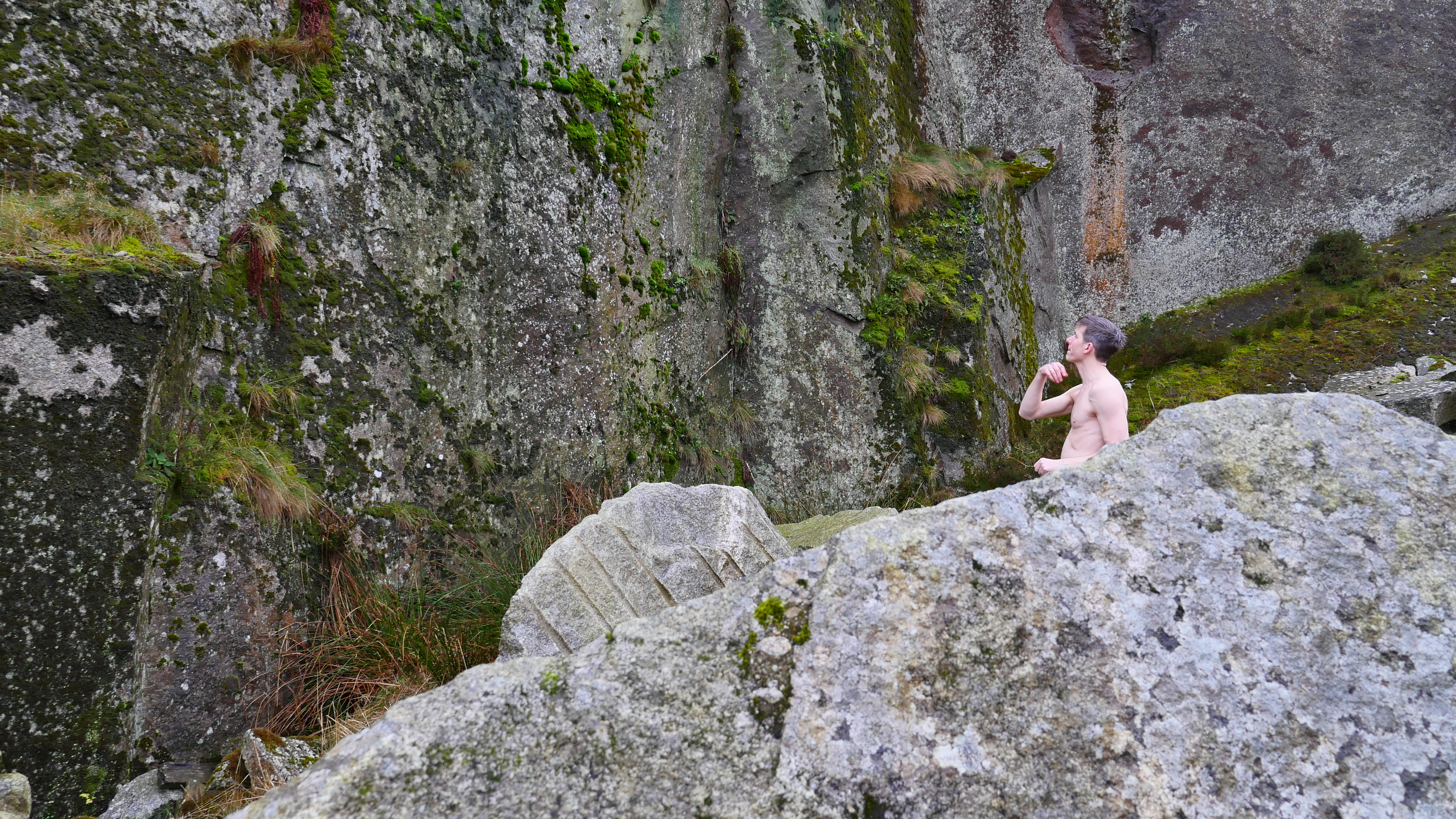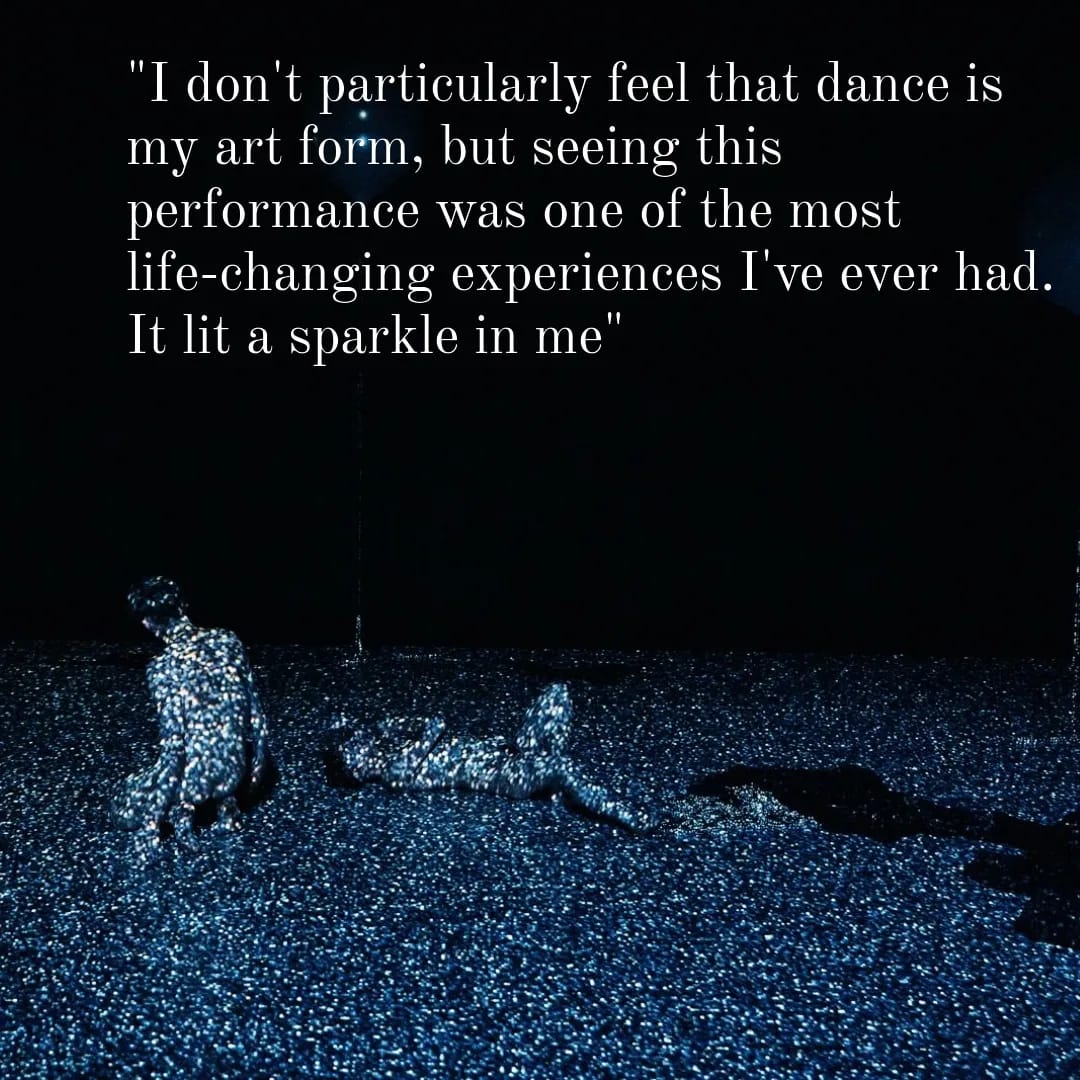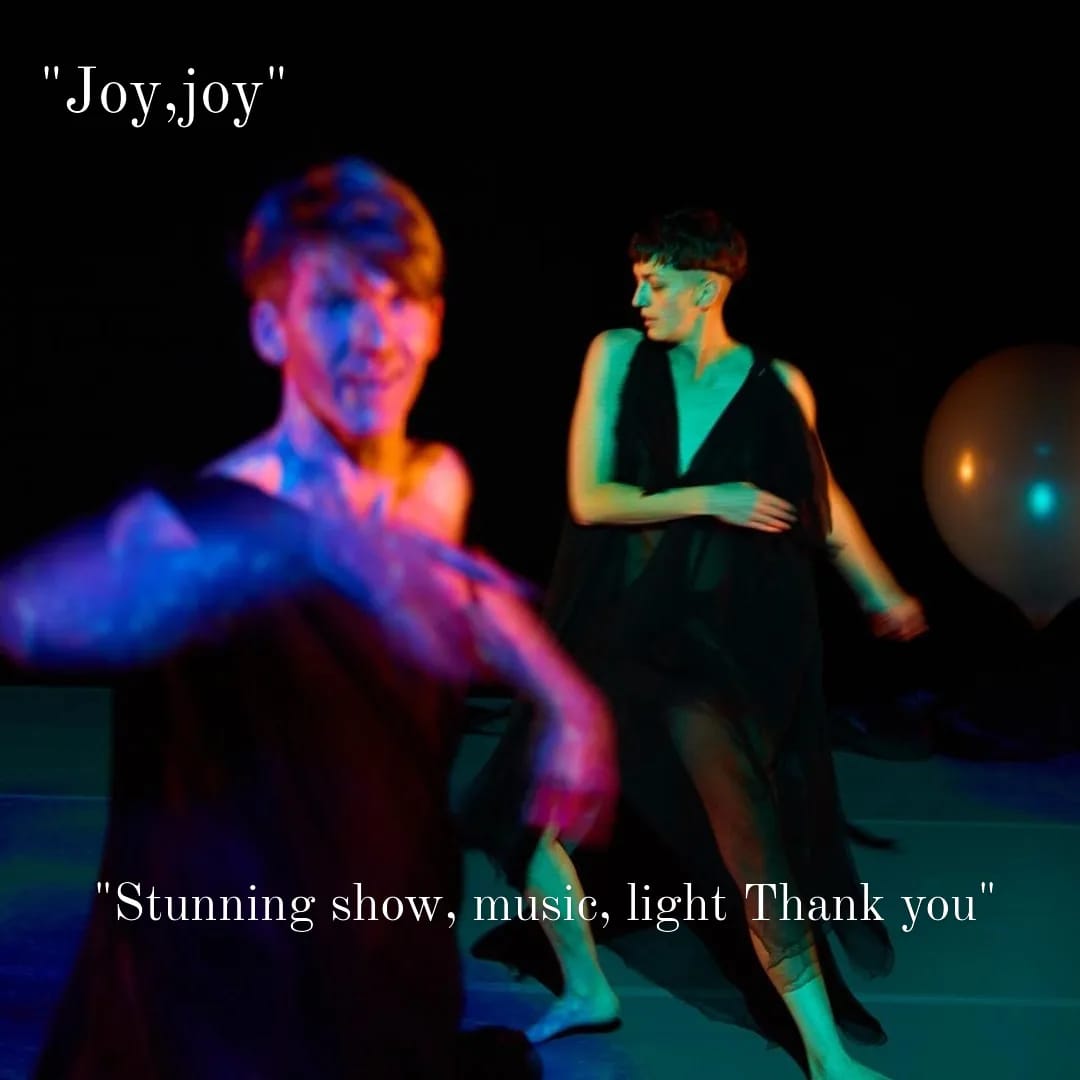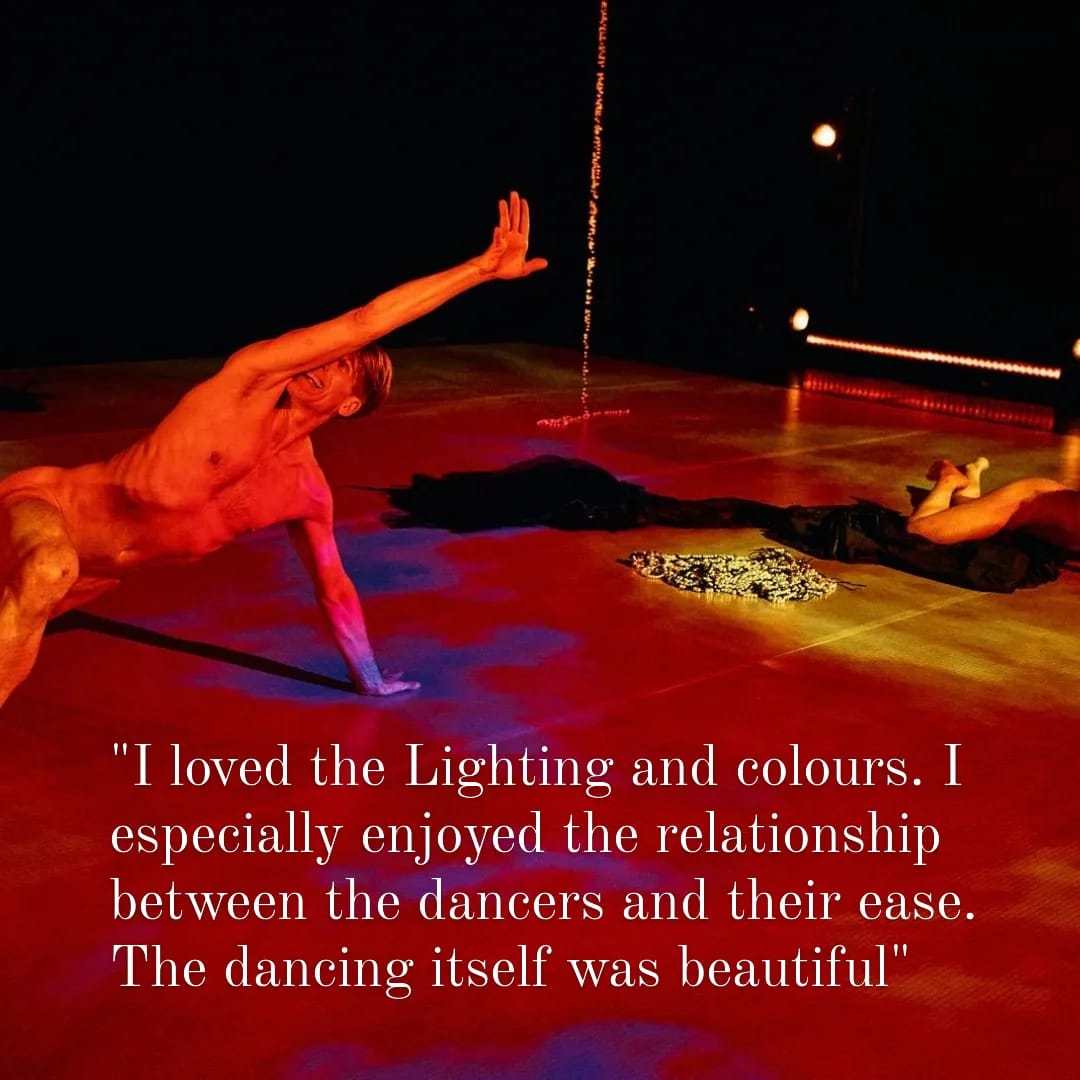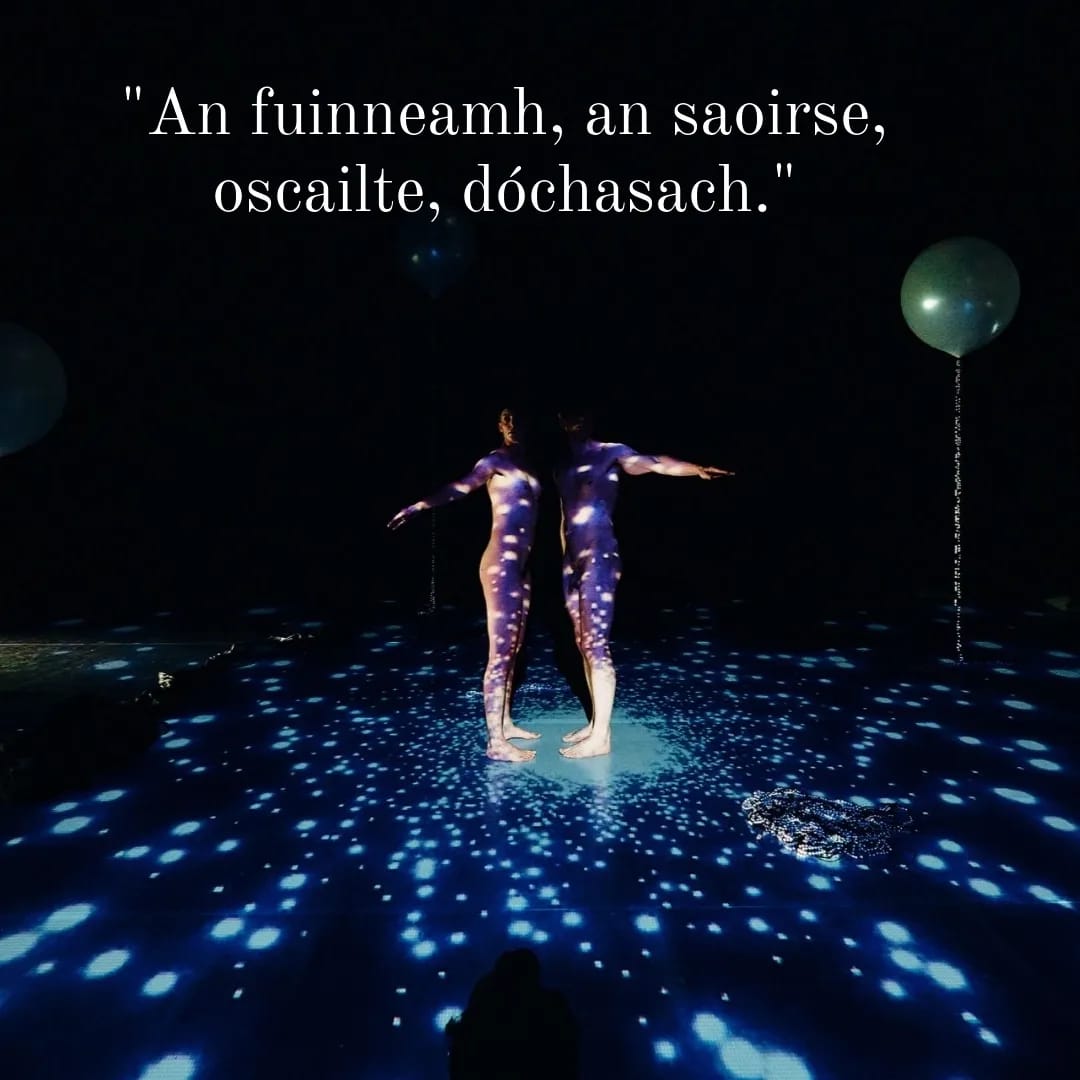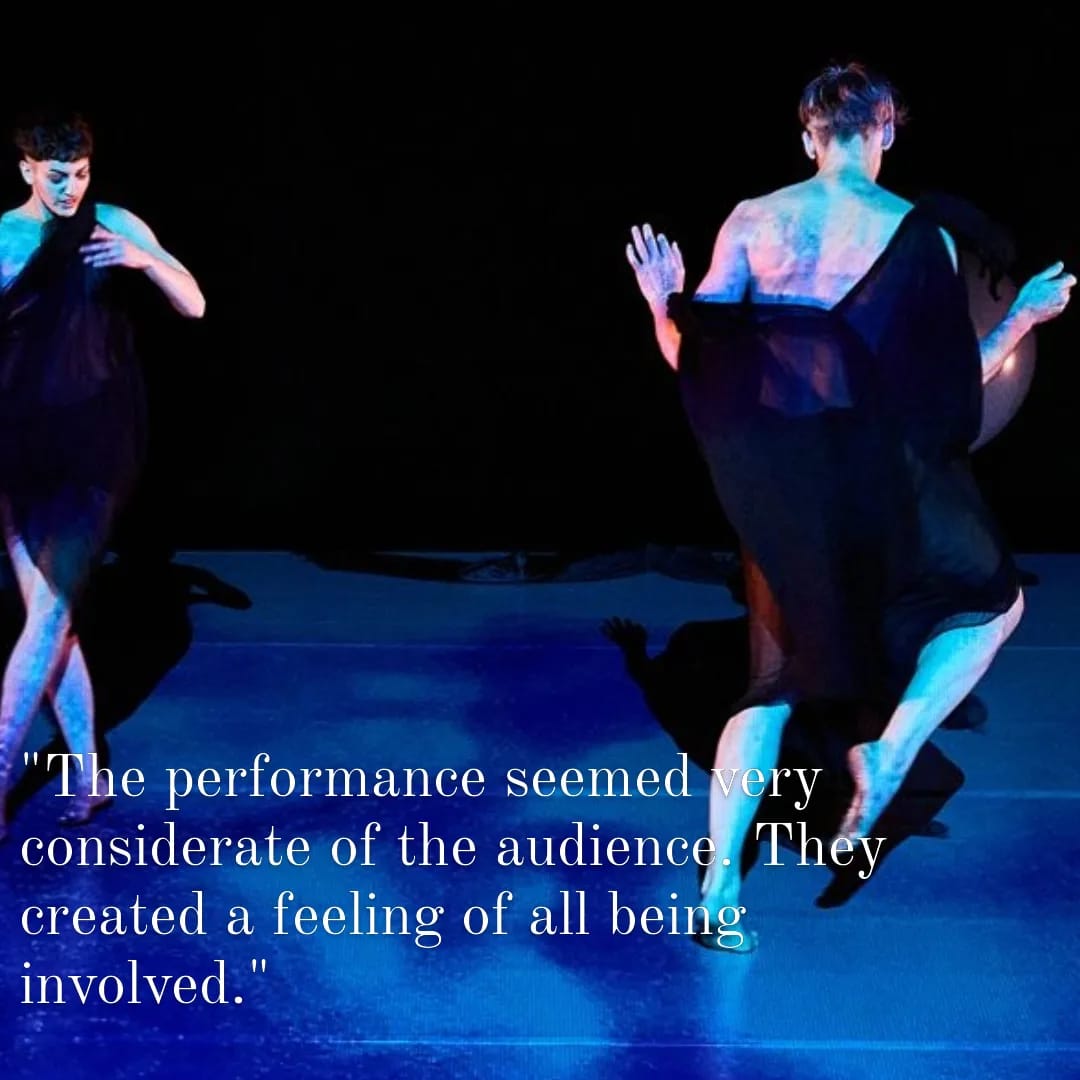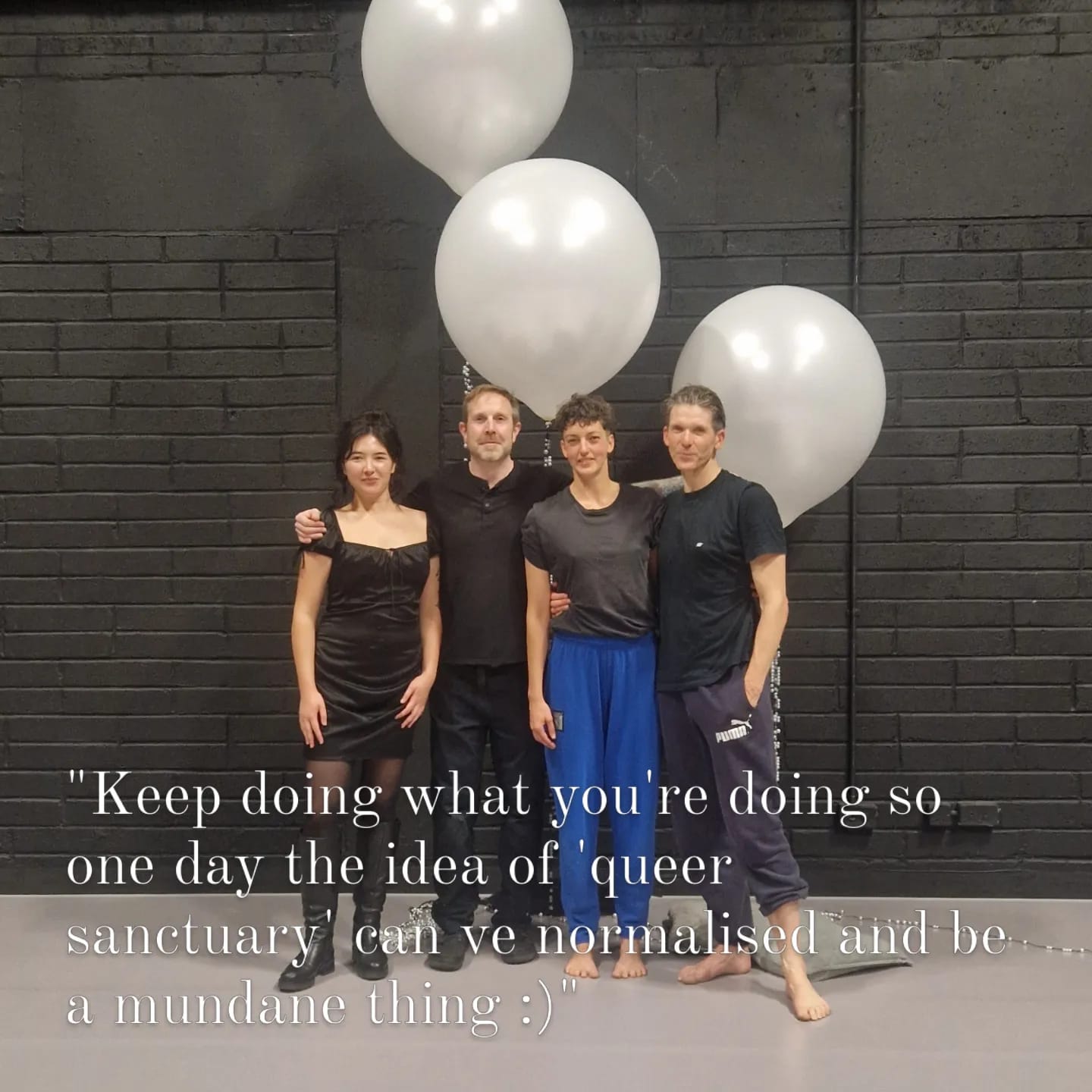It’s been a while since I stepped into a studio to work with a group of dancers that I didn’t already know. Much as I was looking forward to the opportunity to work with the dance artists of Luail (six of the eight strong company), I was also nervous about whether I’d be able to communicate what’s important to me quickly enough. Very generously, Luail and its Artistic Director Liz Roche had offered this week with the company without any expectation that it should result in something for them. It’s really unusual and very valuable to get research time with skilled dance artists, in generous conditions that allowed me to invite Lucia Kickham to join me as assistant. As I’ve grown older, I know that the work is better if it benefits from the input of other perspectives and skillsets than mine. Having those extra skills from someone else allows me to concentrate on what I do best. And having worked with Lucia on the Step Up programme, I know how supportive it is to have her in the process with me. Teaching warm ups each day, she helped create the environment and atmosphere in which we developed the work. And though it’s not easy to articulate atmosphere is crucial to the world I’m hoping the dancing helps to create.
Despite or maybe thanks to having no pressure to produce material, I’ve come away with lots of choreography to work on and think about. More importantly, I come away with a confidence that the ways I’d like to work are comprehensible to people I haven’t known for a long time and that the ideas I want to explore around body, language and ecology can be sensed through dance.
I’ve written elsewhere about the notion of becoming compost or mulch for a new phase of work. It’s an idea I first heard from Sue Davies when she talked about how she wanted her archive to be useful for a new generation of makers. I’m not at the stage where I’m withdrawing from the field and hoping others will make something of what I did in the past. But I am thinking about what I’ve been fortunate enough to learn and gather can be material for a next phase of transformation through the skills and perspectives of others. Rather than coming to Luail and wondering what new material I could manufacture, I’ve looked to ideas, dances, experiences I’ve already had. I’ve offered them to the dancers and we’ve composted the ideas, knowing that they will change, that energy will be released in other forms (as it is in composting) and that they will become fertile for new developments. This approach offers me a sustainable way to continue creating, to continue growing through and with others, trín a chéile. Trín a chéile is often negative, meaning that one is undone, literally through one another but undoing of old habits, undoing of what no longer serves is a positive prospect for me. And seeing the dancers of Luail (Rosie, Sean, Tom, Hamza, Chu and Clara) embody new possibilities and connections was a rewarding endorsement of that prospect.
It is worth underlining for myself and others that the positive experience of working with the company was due in no small part to small dances on my own in various different residencies, half formed thoughts and inklings, shared dances with Isabella in Tearmann Aiteach. In the moment, it’s not always easy to recognise what those small things amount to, but in hindsight I can see that they’ve been a preparation, an ongoing investigation, a deepening that is essential and whose necessity I will continue to trust.
Le grúpa rinceoirí idirnáisiúnta ní raibh mé cinnte gur bh’fhiú ceisteanna Gaeilge a roinnt mar chuid den tréimhse taighde seo ach bhí áthas orm go raibh suim ag gach éinne níos mó a chloisint faoin dteanga agus conas mar a théann sí i bhfeidhm orm. Bhíomar in ann nascanna a dhéanamh idir an Ghaeilge in Éirinn agus mionteangacha san Áis agus san Aifric. Agus chuaigh sé i bhfeidhm go mór orm gluaiseacht na rinceoirí a fheiscint faoi thionchar foclaibh Gaeilge a roghnaigh siad liom. Níl a fhios agam go fóill conas é seo a mhíniú ach braithim go bhfuil teanga (mar fhuaim, mar fhriotal, mar structúr beatha) ar nós tírdhreach agus timpeallacht a théann i bhfeidhm orainn go corportha agus nach cuirtear in iúil trí labhairt na teangan san amháin.

